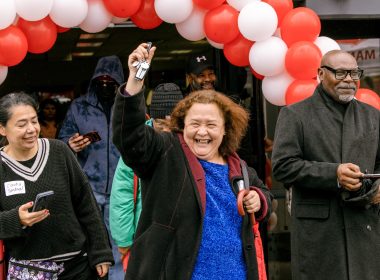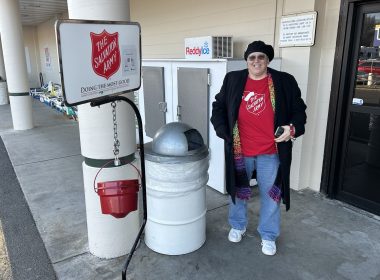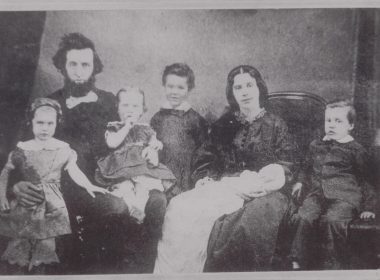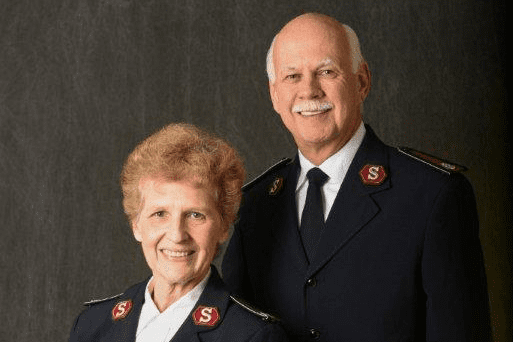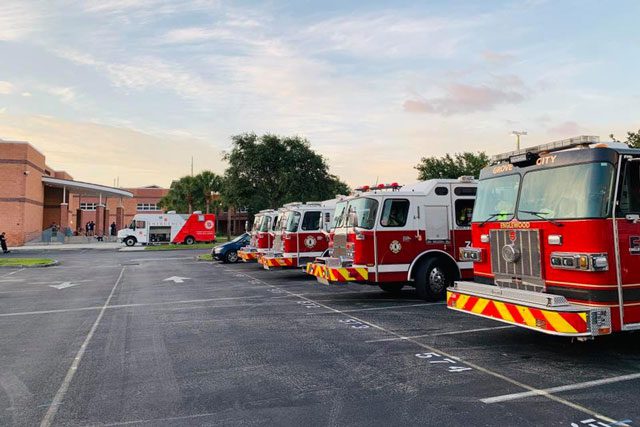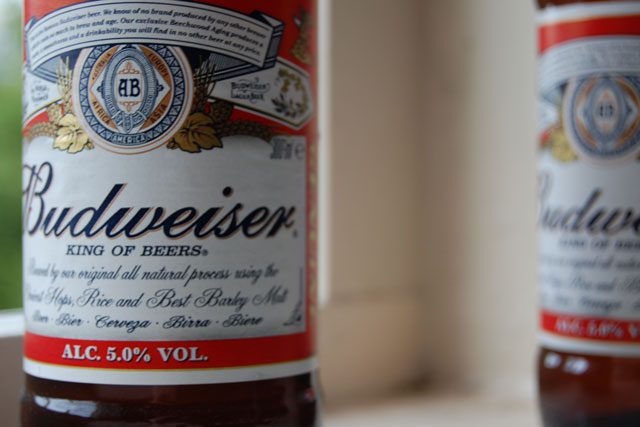Challenge and change
 There is nothing new about the Army’s relationship with government support for our compassionate service to the poor and destitute. The character of the organization and its commitment to people were evident to government since the early days of the nineteenth century as The Army demonstrated disaster relief skills without government resources.
There is nothing new about the Army’s relationship with government support for our compassionate service to the poor and destitute. The character of the organization and its commitment to people were evident to government since the early days of the nineteenth century as The Army demonstrated disaster relief skills without government resources.
In 1906, San Francisco had experienced a deadly and costly earthquake and fire into which brave Salvationists leapt, rescuing, feeding and housing thousands. Then, because of the excellence of the Army’s efforts, government solicited a partnership and provided funding to assist its on-going activity.
This model of profound social commitment without government funding establishes programs into which government enters and funds. An image of the Army as an excellent service provider and vital and valuable partner in meeting society’s needs develops. This model lasted from the early twentieth century until the “Great Society” programs in the 1960’s when government began asking the Army to partner through the distribution of “Request For Proposals” (RFPs).
World War I changed the image of the Army in this country from a small, fledgling street mission group to a large-scale popular charity. Since that time, the growth of government support of portions of the Army’s social service ministry has occurred in spurts — first, during the depression, then continuing to grow due to our work with the troops and with veterans following World War II. The relationship with government expanded dramatically during the great society days of the sixties, and continued to spiral upward thereafter into the twenty-first century.
This has brought many changes with it. The nineteenth and early twentieth century Army relied, for the most part, on its officers and soldier volunteers to help those in distress. These were not nine-to-five jobs. They represented a calling that was preeminent in the minds of the worker. There seems little doubt, then, that the “culture” of the Army has been subtly changed over the past seven decades as a result of this increased funding. It is more popular, provides a wider array of services and is required to meet greater demands concerning the content and process of its service to the poor and marginalized.
One important question to examine is how and to what degree this change has affected the Army’s commitment to its mission. A second question, which cannot be dealt with until an answer is determined for the first one, concerns the direction of the change — positive or negative.
Some worry that this change has diluted the character of our work. Others argue that funding sources have the right to identify certain expectations. They believe that these expectations usually do not differ significantly from the Army’s compassionate motives. They recognize that funding sources have the right to demand certain accountability and that professional tasks require professional training. They also stress that the spiritual emphasis is still present in different forms.
Where government restrictions are of such volume and little value to the program, the Army simply turns down the funding. Joe Loconte, writing in Seducing the Samaritan provides an example of this in his Massachusetts based study: “Captain Jacquelin Triston, while overseeing a Salvation Army chapter (corps) in Cape Cod, watched a modest government contract for a small summer lunch program metamorphose into an entangling, administrative squid. Daily dietary requirements, information profiles on students, and numerous other contract regulations made the program unworkable. ‘The person handling it went for a full day seminar on how to fill out the forms — and there’s a form to fill out if you need more forms — and it just went on and on,’ Triston said. ‘The on-going work to get it organized was just beyond us.'” (p.11)
Charles Glenn, writing in the Ambiguous Embrace states: “Compared with other nonprofits with a history of religious affiliation, The Salvation Army has been relatively resilient in the face of the external influences that weaken or eliminate religious distinctiveness. A significant shift has occurred in the character of its social service programs as the Army has accommodated itself to the social service establishment. More insidious than any governmental interference has been the Army’s rapid rise to popularity in this country and the subtle and gradual internal accommodations that have accompanied its evolution from a ragtag missionary crusade to a large-scale national operation.”(p.214)
The Army founders, William and Catherine Booth, instilled within the ethos of the organization they created “in darkest England” a deep and abiding sense of responsibility to society in general. There appeared a strong belief that an individual in the throes of personal or social trauma needs social renewal prior to being able to make a rational spiritual choice to accept Christ and change the damaging life style completely. Some might describe the always small groups as ‘ragtag,’ but none would ever fault its organizational drive, its ability to attract volunteers and its ever present readiness to show compassion.
The thirties saw government participate in the funding of Salvation Army Homes and Hospitals for pregnant teens. These programs had begun even before the turn of the century, but now were able to provide expanded and improved services.
The forties, with service to men in uniform, primarily through the U.S.O. (United Service Organization), the Army once again bonded with men in war. The fifties provided increased efforts in dealing with substance abuse. The sixties launched the Great Society and the War on Poverty and commitment to homeless and hungry people in the urban centers. Government participation in these programs expanded as the Army worked in partnership. Additionally, the Army became contractors in Red Shield youth centers and drug abuse programs for youth. Child care, latchkey, and preschool centers were also developed with government help.
The seventies saw a partnership in the development of senior housing which led to the first Silvercrest residence. In each of the past thirty years at least one new Silvercrest has been constructed. Currently, there are 36 such residences — 30 built in partnership with government and 6 wholly owned by the Army. Last year, this relationship brought the opportunity to serve 3,000 families with government aid in excess of $17 million dollars.
In the eighties and nineties we have witnessed expansion of programming with increased funding to include such services as homes for battered women, a residence for families with AIDS, professionalization of additional substance abuse centers, expansions of homeless shelters, and a wide array of other services.
The total government dollar in support of Army programs in the West approaches $60 million and is approximately 15% of the Army’s investment in social services in the Territory.



